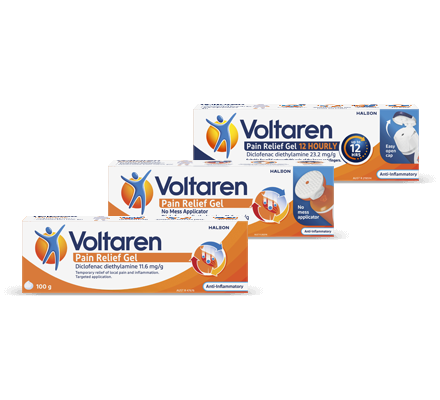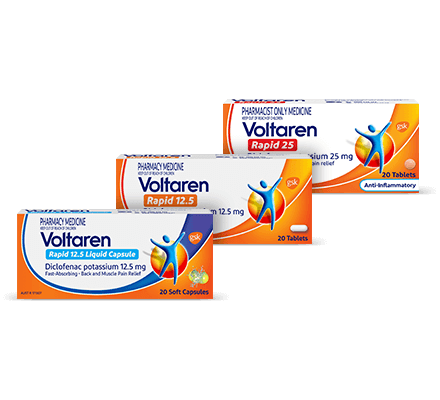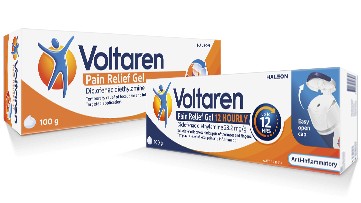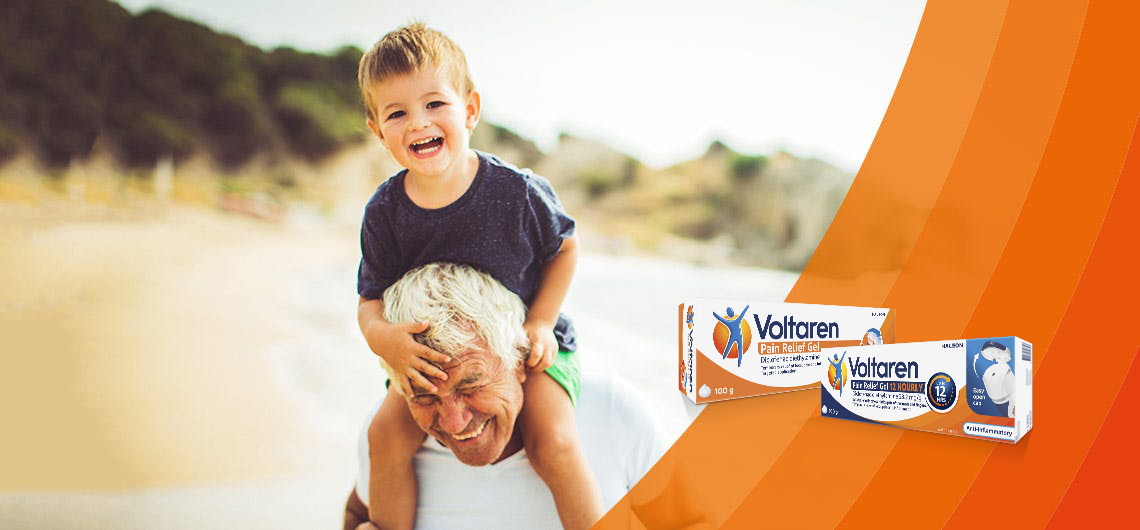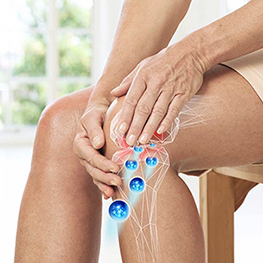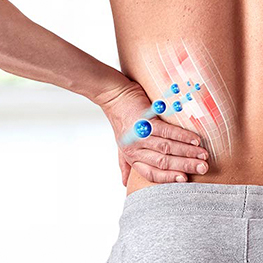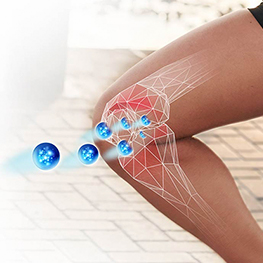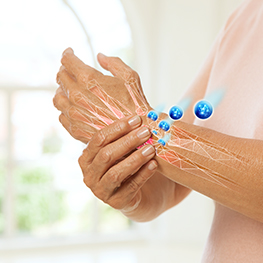Pain management covers a vast range of approaches that can be taken, often in combination, to provide ways to more effectively cope with pain. On one end of the spectrum there are ...physiological interventions like surgery, medication and physiotherapy and on the other end there are alternative therapies, goal setting techniques and psychological counselling. Pain can be complex and not every solution has the same outcomes for everyone, with the psychological impact of pain often overlooked.
Pain is rarely just physical. It can have a significant mental and emotional impact too. Here are a few tips to get back to connecting with the people and activities that matter most!
What is Pain Management?
Pain management is about finding techniques to help you manage pain. Pain management aims to get you back to living your best life, in a way that is achievable and in a way that you want.
One of the great things about pain management is that ...it can be personal to you. There are no sweeping rules that apply to everyone – it is about focusing on you as an individual, and takes into consideration things such as:
- Your specific needs
- Your circumstances
- What you want to achieve
- What you are comfortable with
Goal Setting Guidelines for Pain Management
Finding pain management guidelines and setting pain management goals helps you have a way to know what you are working towards, and track and measure improvement and progress.
What to keep in mind when creating your pain management goals:
- Set personal goals in relation to your personal pain
- Make your goals specific and measurable
- Think about pace setting
- Be realistic
Setting personal goals
It can help to have a tangible marker to work towards that is specifically related to how pain is impacting your life, and how you want that to change.
For instance, ...if you experience acute pain – pain that lasts less than three months and resolves after standard healing time – your goals may include:
- Reduction of pain to a tolerable or acceptable level
- Facilitate recovery and healing
- Preventing the onset of chronic pain
If you have chronic pain – pain that lasts three or more months and is not something that will heal – your goals may look different. Tangible goals for chronic pain may include:
- Decrease pain in your everyday life
- Better understand potential triggers to help manage flare ups more effectively
- Restore function
- Address the emotional and social impacts of pain
- Identify and adopt effective coping methods
Make your Pain Management Goals Specific and Measureable
In the previous example we talked about setting the goal of decreased pain (which would be measurable in a pain diary as detailed in how to talk about pain). But equally you might decide the aim is the ability to perform certain tasks.
You could focus on a couple of things the pain keeps you from doing, and see if there is a way to make them achievable. If walking is difficult, you could aim at getting to the end of your road to sit on a bench and watch the sun set over the horizon, or delivering a handwritten letter to a friend two blocks over. If sleep is a problem it could be waking up feeling refreshed for the day ahead. Choose something that will make you feel happy and fulfilled.
Then set yourself a target date for it - whether that is the end of the year, or a specific event you are looking forward to, such as your daughter’s wedding.
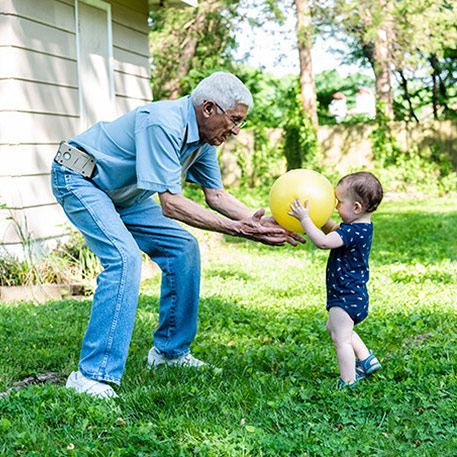
Pace Setting
A task that might have taken you half a day in the past might take two days now. But accepting that change of pace can allow you to achieve goals, where otherwise you might easily become frustrated or discouraged, giving up at the first hurdle. If you are hit with a setback, don’t give up, persistence and determination are half the game. That said, don’t overdo it, if today you can’t make it, don’t worry, tomorrow is another day and you can try again.
If preparing and planting up the flower beds in your front garden was a highlight of spring, don’t let achy joints or unrealistic time expectations stop you. Accept that perhaps you can only kneel for 20 minutes at a time, or that your hands can only deal with putting in one plant before you need a break. But it doesn’t matter! Life isn’t one big race – take your time and enjoy the task over a number of weeks.
Being Realistic
The key to setting goals that you can genuinely achieve, is being realistic. If you set a target that you are unlikely to reach, it can be disheartening if you fail. For example, if you suffer chronic pain and are setting yourself a pain related goal, it probably wouldn’t make much sense to say ‘right, I want to get my pain levels down to zero this month’.
As much as we all would like to believe in achieving the impossible, and while optimism plays a huge role, chances are if you’ve been experiencing intense pain for a while, you might want to ask yourself, realistically, how achievable is that goal? You might want to consider rating your pain on a scale of 1-10 and aim to get to half of that in the next few months. If it feels like a 6 today, getting down to a three would still be a remarkable improvement and seems a lot more feasible!
Talk to your doctor about pain management solutions that can help make your goals a reality.
Pain Management Techniques
There are plenty of activities that you can incorporate into your life, that can help you on your pain management journey and that can complement a regimen of medicated products.
Some of the most common pain management techniques are:
- Exercise and stretching
Depending on the cause of your pain, exercise can be beneficial in increasing joint mobility, strengthening muscles, and increasing flexibility. - Physical therapy
A physical therapist can guide you in targeted movements and exercises that not only help relieve pain but can also get you on track for a recovery that will last. The added benefit is that the physical therapist will be able to provide you with a personalised set of exercises you can do at home to help improve mobility and function. - Incorporate relaxation into your day
Being in pain can be stressful! Stress is a complicated topic, and not easy to manage; it can even require professional intervention. But a starting point is trying to take time from your day to relax. You may even want to schedule it. Leave yourself notes around the house reminding you to stop, sit for a bit, relax and collect your thoughts. Taking a 15-minute break in the afternoon or a long bath at the end of the day can be the first step, to taking a step back. - Get some sleep
Sleep is important for your body to maintain proper function and healing.1 67-88% of chronic pain sufferers report sleep disturbances.1 - Join a support group
Talking to others who are also dealing with pain can give a sense of community and make you feel like you are not in this alone. It’s also a good way to share tips and techniques that you have all discovered on how to manage pain. Ask your doctor to recommend some local groups for you.2 - Acupuncture
This ancient Chinese Traditional Medicine is gaining popularity globally, and sees the insertion of needles in just the right spots, encouraging the body to produce pain-relieving endorphins.3 - Find a distraction
Focusing on your pain can become a bit of a downward spiral, so instead get your mind onto something else. While having a video call with your son overseas or even tackling a tricky crossword won’t make the pain disappear, it will certainly provide you with a positive and enjoyable distraction. - Return to your normal activities
Being in pain can often make you pull back from friends, family, and activities that you once loved. This can be one of the most difficult side effects of pain. Be mindful about still taking part in the things that made you, you, whether it’s work or hobbies.1 You may have to do so with a bit more conscious effort and in a modified way, especially when pain can make it more difficult to participate. However, it is still important to fill your days with activities and people that bring you joy.4
Relief method by pain type



